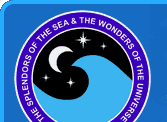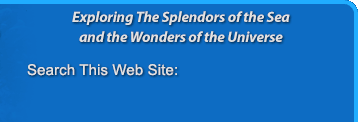
Ever since human beings looked out to the sea, they have wondered what was out there. We first began to dive for food. The first sailing vessels made the world smaller and brought together many cultures that had previously remained isolated. The first crude diving bells allowed us to work underwater for extended periods of time. As ship construction techniques continued to advance, we were able to venture farther out to sea. New lands were discovered, and the world was revealed to be round. Advances in diving technology led to diving suits and the first submarines. As we began to dive deeper into the sea, we began to understand how deep the oceans really were. And in spite of the high pressures and cold temperatures, life flourished in the depths. As we mapped the ocean floor, the complexity of this alien world became apparent. The discovery of hydrothermal vents stunned the scientific community when an entire ecosystem of life was discovered that needed no sunlight to survive. In this section of Sea and Sky, you can explore these major milestones and discoveries and learn about the history of ocean exploration. Click here for a list of credits and sources.
Ocean exploration begins around 5000 B.C. with the first ocean diving and the first sailing vessels. Many advances are made in the following years including the first diving bells and coastal maps.
As sailing vessels become more advanced, explorers venture farther from shore, discovering new lands and traveling around the world. Diving technology also continues to advance during this time.
During the 1600s and 1700s, deep diving becomes possible with the development of diving suits and helmets. Expeditions continue to sail the world's oceans and the first submarine is invented.
Technological advances in the 1800s enable the development of more advanced diving equipment including the first scuba. Expeditions begin to discover the existence of deep sea life.
The 1900s see the first maps of the ocean floor and the first deep ocean dives. The Aqua-Lung is invented by Jacques Cousteau, and a prehistoric fish long thought to be extinct is found alive on the ocean floor.
The deepest ocean dive takes place in 1960, ocean laboratories evolve, and the National Oceanic and Atmospheric Administration (NOAA) is established in 1970 to help with ocean research.
After 1970, many exciting new discoveries include the discovery of deep sea hydrothermal vents, the discovery of the wreck of the Titanic, and the first video of a live giant squid in the ocean.



